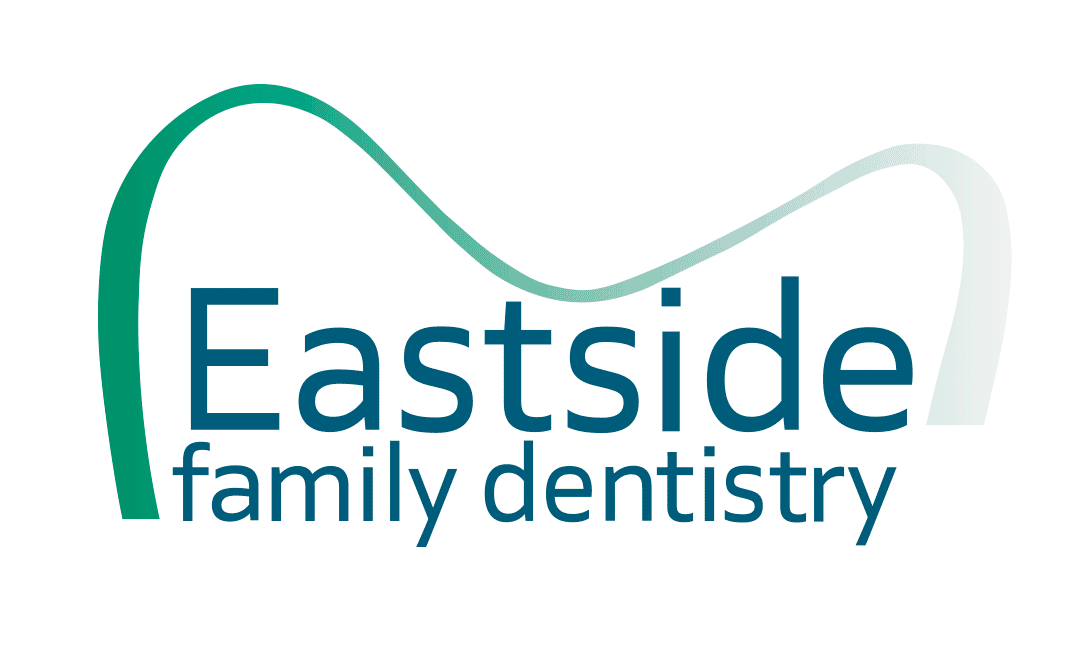What is a Tooth Extraction?
A tooth extraction is a dental procedure carried out by a professional dentist, like Dr. Alexandra Cristescu at Eastside Family Dentistry, to remove a tooth from its socket in the jawbone. The reasons for a tooth extraction can vary – it could be due to a tooth that’s severely decayed, broken, or damaged beyond repair. It’s also commonly performed in cases of overcrowding, where removing some teeth can help align the remaining ones better. Additionally, patients with compromised immune systems undergoing certain medical treatments may need extractions to keep their oral health in check.
The Tooth Extraction Treatment Process


Examination and X-ray
The first step in the tooth extraction process is a comprehensive examination of your oral health. Dr. Cristescu will check the condition of the tooth, the surrounding gums, and other teeth. An X-ray will be taken to understand the tooth’s position, its roots, and the condition of the bone around it. This helps in planning the extraction procedure, ensuring it’s done in the safest and most efficient way possible.
Anesthesia
Before the extraction process begins, local anesthesia is administered to numb the area around the tooth. This is to ensure that you feel no pain during the procedure. Depending on the complexity of the extraction, Dr. Cristescu might opt for stronger sedation. The goal is to make the process as comfortable and pain-free as possible for you.
The Extraction
Once the area is numbed, the extraction process begins. For a simple extraction, the tooth is loosened with a tool called an elevator, then removed with dental forceps. If the tooth is impacted or the extraction is more complex, a minor surgical procedure may be needed. In such cases, the gum tissue is cut open to expose the tooth, which is then removed carefully.
The Benefits of Tooth Extractions
Relief from Pain and Discomfort
One of the most immediate benefits of tooth extraction is relief from pain and discomfort. A severely decayed or damaged tooth can cause significant pain, and extraction provides immediate relief. In case of an infection, extraction prevents the spread of infection to adjacent teeth and the jawbone.Prevents Overcrowding and Misalignment
Tooth extraction can play a crucial role in orthodontic treatment plans. In cases of overcrowding, removing one or more teeth can create the necessary space for the remaining teeth to align properly. This not only improves the appearance of your smile but also makes it easier to maintain oral hygiene.Improves Oral and Overall Health
Tooth extraction can significantly improve both oral and overall health. An infected tooth, if left untreated, can lead to serious health issues, including abscesses, systemic infections, and complications with the heart and other organs. By removing the problematic tooth, the risk of these potential health issues is greatly reduced.- Cost-Effective Long-Term Solution
While preserving a natural tooth is often preferable, in some cases, extraction can be a more cost-effective long-term solution. For severely damaged or decayed teeth that would require extensive and expensive treatments to save, extraction followed by a replacement option (like a dental implant or bridge) can be more economical over time. It eliminates the need for repeated treatments on a problematic tooth and provides a fresh start for your oral health.






